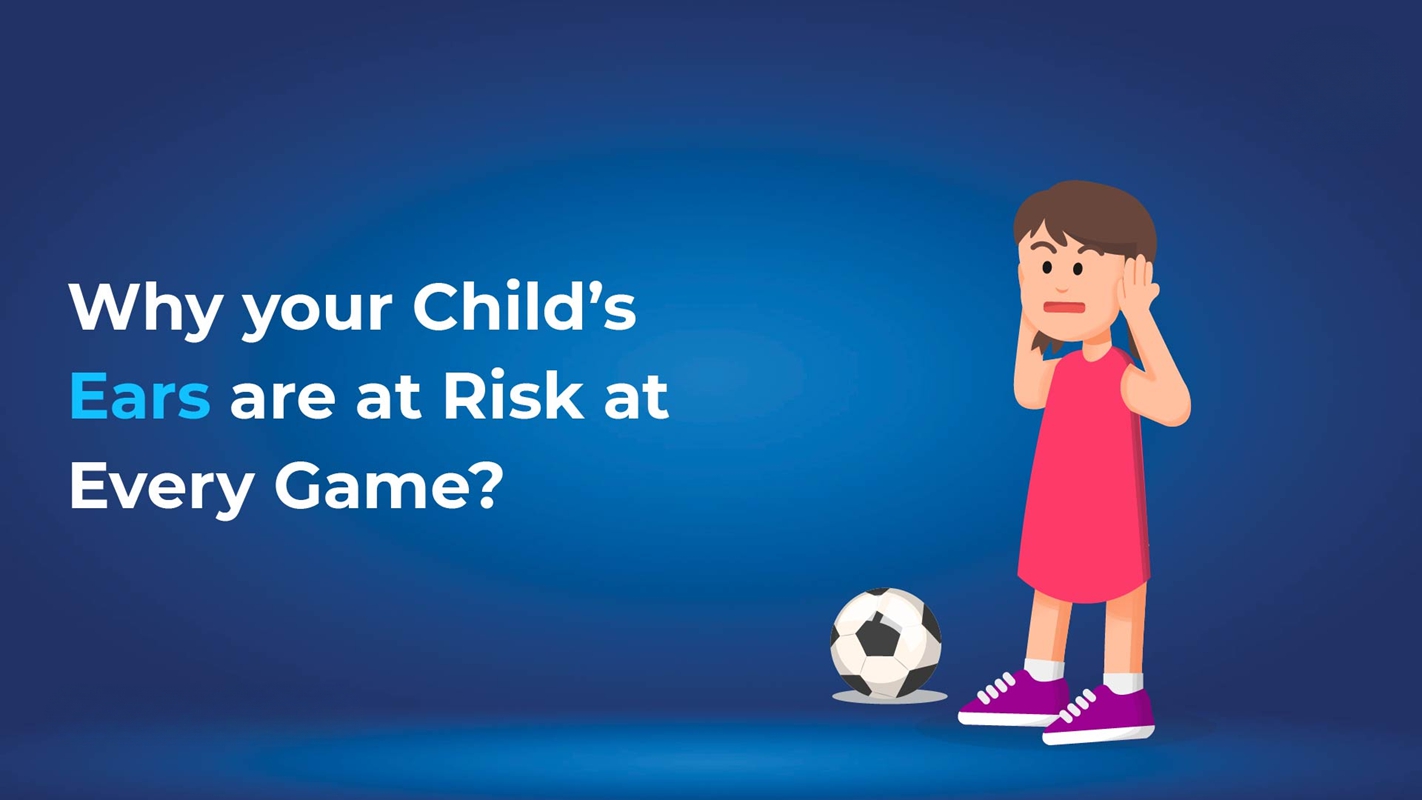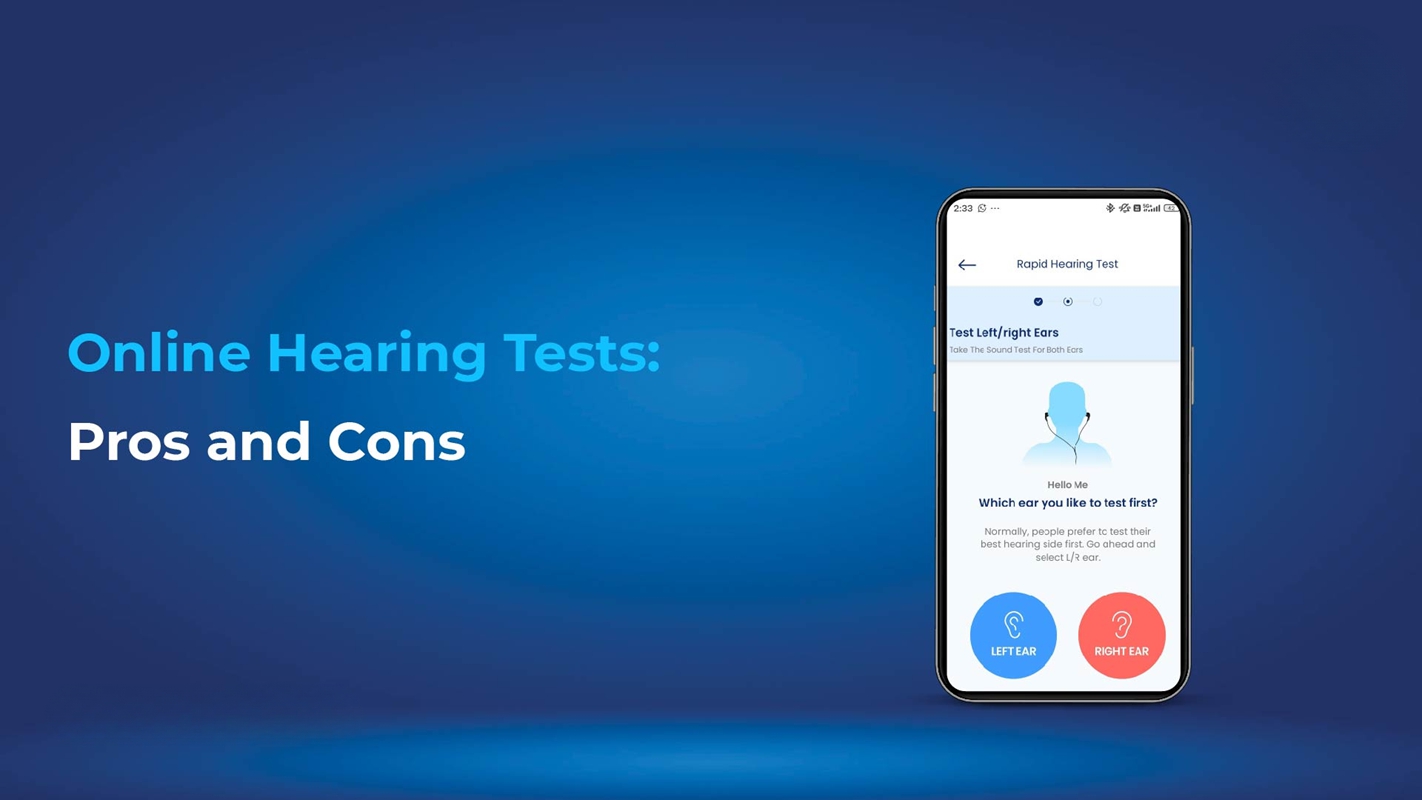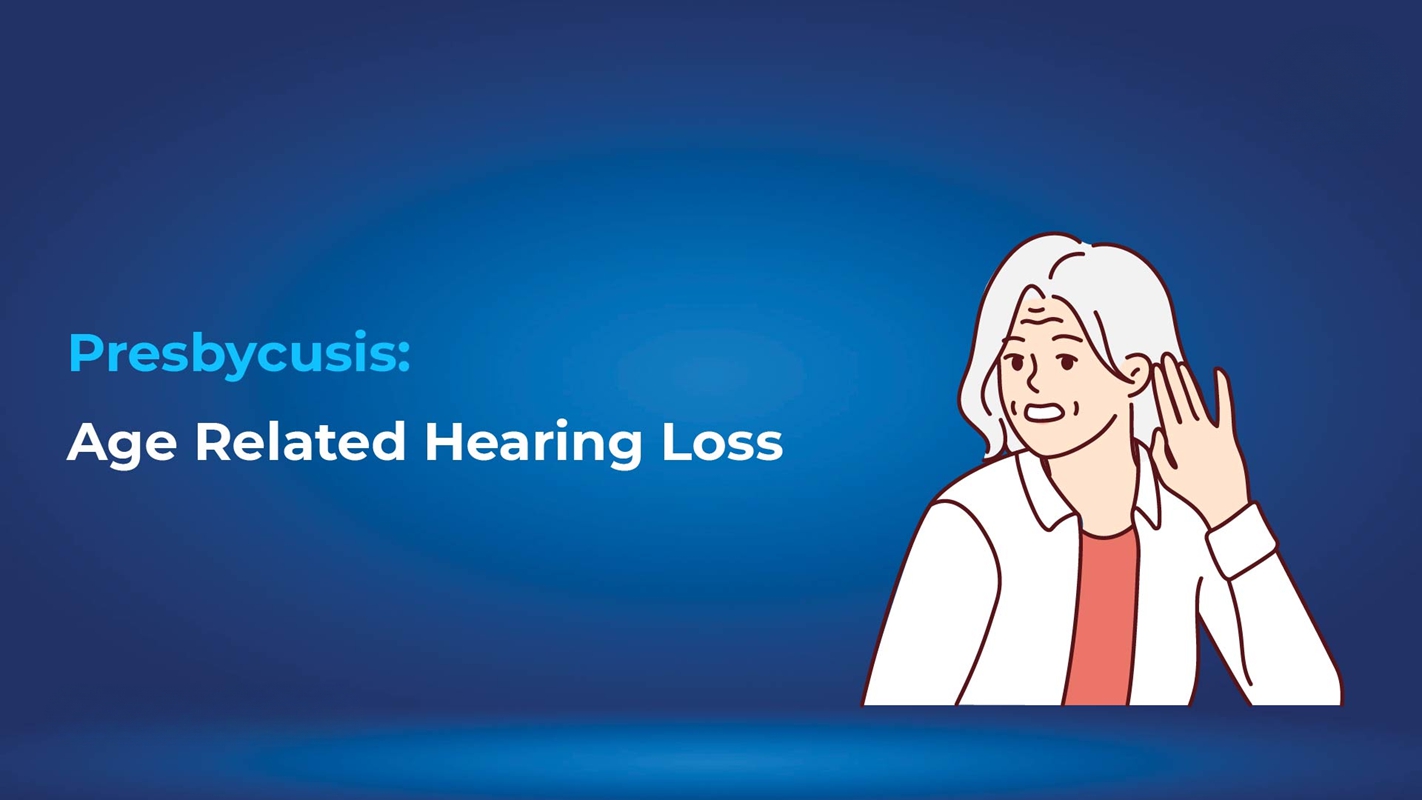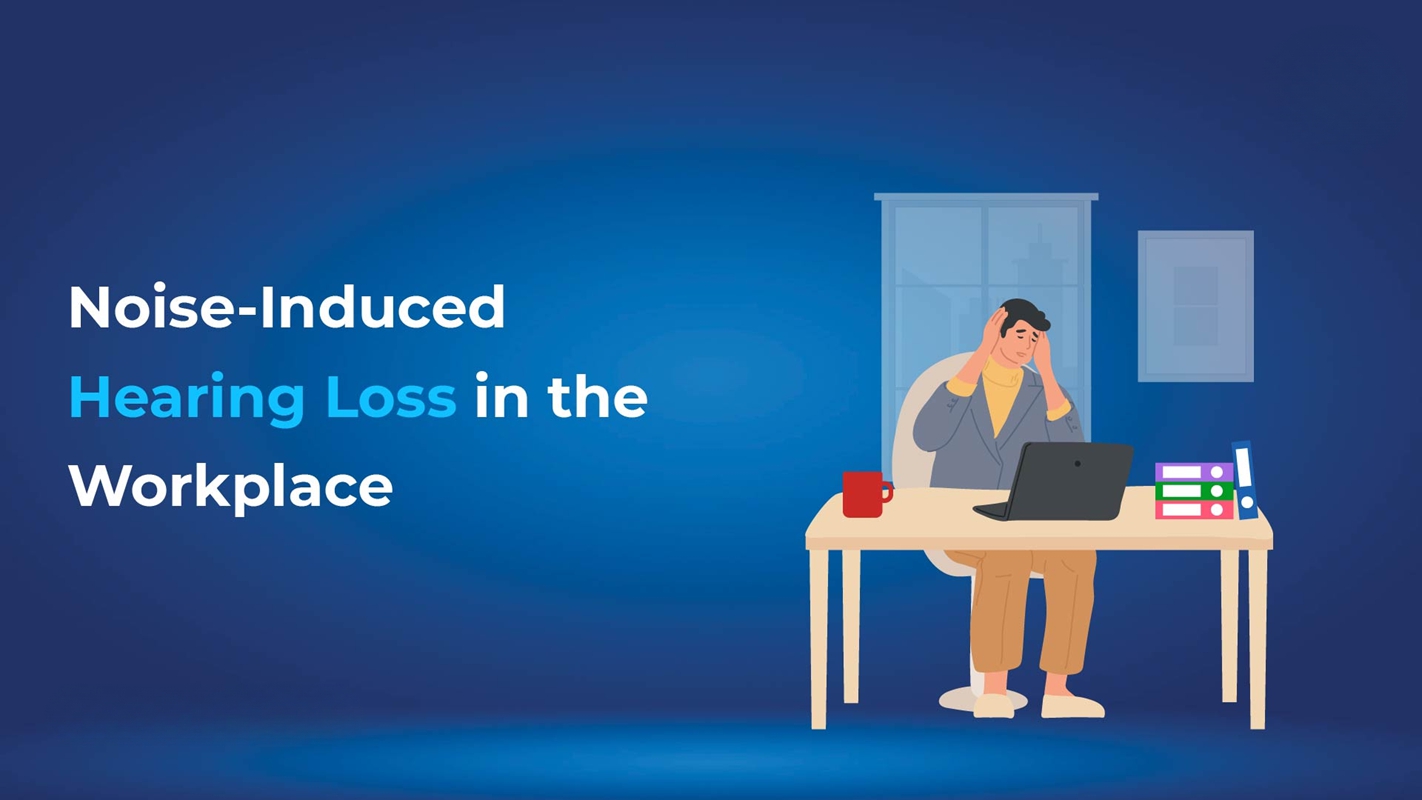
How Loud Stadium Noise Can Damage Kids' Hearing
Stadiums Reach Dangerous Noise Levels
The noise in stadiums and arenas may rise to more than 100 dB or more, whenever patrons are screaming, announcements are being made, or music is playing.
Such a noise level is equal to that produced by motorcycles or rock concerts.
Children Are More Vulnerable Than Adults
A child's auditory system is continuously growing and, hence, makes them highly sensitive to loud and shrill sounds..
Noise exposure above 85 decibels sound environment may cause permanent hearing loss for children sooner than for adults.
Even Short-Term Exposure Can Cause Long-Term Harm
According to the CDC, just 15 minutes of exposure to 100+ decibels can result in Noise-Induced Hearing Loss (NIHL).
Preventable with all necessary good precautionary measures, NIHL is irreversible.
Hearing Loss in Kids Is Often Overlooked
Early signs include ringing in the ears (tinnitus), muffled hearing, or sound sensitivity after events.
Children may not report symptoms, and many parents assume short exposure is harmless — a dangerous misconception.
Impact on Development and Learning
A child may have problems in speech development, learning in school, and developing social skills because he has not been diagnosed with any hearing problems.
Conversely, even a slight loss of hearing can result in attention and behavioral problems.
Hearing Protection Is as Essential as Seatbelts or Sunscreen
Experts stress that hearing safety should be treated with the same priority as helmets or UV protection.
Using ear protection and choosing strategic seating can drastically reduce risks.
Raising Awareness Saves Hearing
Educating parents about the dangers of stadium noise is the first step in prevention.
Protecting your child’s hearing today ensures their healthy communication tomorrow.
Best Hearing Protection for Children at Sports Events
Different Options for Different Age Groups
Multiple hearing protection types are available for children based on age and comfort level.
Younger children benefit more from over-ear earmuffs, while older kids may prefer earplugs.
Earplugs for Older Children
Soft Foam or silicone earplugs are most suitable for children because they can use them appropriately.
Opt for models specifically designed for small ear canals and having at least a minimum NRR (Noise Reduction Rating) of 25 decibels.
Over-Ear Earmuffs for Younger Kids
Earmuffs are easier to monitor and adjust, making them a safe and effective choice.
Look for lightweight, padded options with adjustable, kid-sized headbands.
Top Brands for Children’s Hearing Protection
Brands like Philips and Rexton offer products designed for kids’ comfort and safety
These brands provide reliable noise reduction while ensuring a secure fit.
Noise-Cancelling Headphones for Sensitive Kids
Noise-cancelling headphones help children who are sensitive to sound or have sensory issues.
While they don’t block all noise, they filter out background sounds and reduce overstimulation.
Comfort and Fit Are Crucial
Poorly fitted protection can lead to ineffective noise blocking and discomfort.
Let your child try the product at home first to build familiarity and comfort.
Make It Fun and Personal
Allow your child to choose their favorite color or design.
When kids feel involved, they’re more likely to consistently use the protection.
Part of the Game-Day Essentials
Treat hearing gear as part of their regular sports kit—alongside snacks, water, and jerseys.
Consistency builds healthy habits and prevents long-term hearing issues.
Tips for Parents to Make Sporting Events Safer for Young Ears
Pick the Right Seats in the Stadium
Choose seating that is further from loudspeakers, bands, and cheer squads.
Central or higher-up sections usually experience less intense noise levels.
Always Bring Hearing Protection
Whether it’s earplugs or earmuffs, make it a non-negotiable item in your event bag.
Over time, kids will expect to wear it just like they would a seatbelt in the car.
Use a Sound Level Monitoring App
Download free apps like Decibel X or NIOSH Sound Level Meter to track real-time noise levels.
Once sound levels cross 85 decibels, it’s time to apply hearing protection.
Educate Your Child on Hearing Safety
Explain how loud noise can hurt their ears and how their hearing gear protects them.
Compare it to a helmet protecting the head or sunglasses shielding the eyes.
Plan Breaks During the Game
Stepping out to quieter areas every hour can lower overall exposure.
These breaks help children reset from overwhelming noise and prevent fatigue.
Check for Signs After the Event
Inquire whether he hears ringing or buzzing, or if the sounds seem muffled.
Such signs may sometimes indicate Early hearing damage and should be taken seriously.
Consult a Pediatric Audiologist If Needed
If symptoms persist or your child reports discomfort, consult an audiologist for evaluation.
Early detection and care can prevent further hearing complications.
Create a Lifelong Hearing Safety Habit
Consistent protection in early years promotes lifelong awareness
These small steps today help prevent preventable hearing loss in the future.
Also Read: How to Protect Your Hearing in a Noisy World
Hearing Protection for Musicians
Check Your Hearing Now
The above is the interpretation of Hearing Protection for Kids at Loud Events provided by Chinese hearing aid supplier Shenrui Medical. Link https://www.srmcm.com/Blog/Hearing-Protection-for-Kids-at-Loud-Event.html of this article is welcome to share and forward. For more hearing aid related information, please visit Blog or take a look at our Hearing aids products















